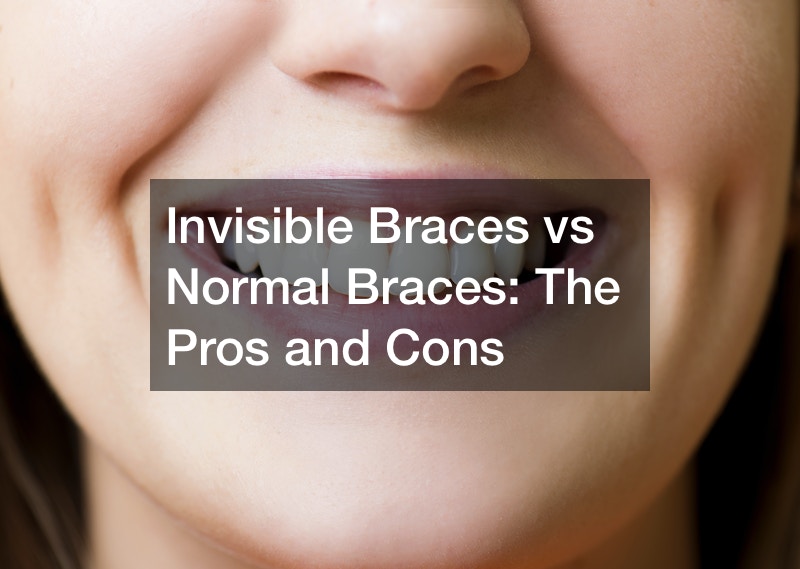Correct position. These devices come in handy to correct the position of teeth that are misaligned. The purpose of braces is to address an issue with alignment. Conventional braces, or invisible braces, exist for many years. The use of invisible braces over traditional braces permits the patient to get straighter teeth and better match other teeth in an arch of the same.
What Types of Braces Are There?
Braces invisible are more obscure than before. These braces are made of steel wires as well as brackets that connect to bones on both jaws. The wires are covered in the plastic cover, and when worn the wires can appear completely invisible.
Cosmetic dentistry has made significant strides in the development and use of clear brackets. These materials can be used to cover metal wires as well as blend in seamlessly with the natural tooth. When you compare invisible braces and traditional braces it’s essential to be aware that there are two major kinds of invisible braces. The traditional braces are attached to the front of your teeth. Lingual braces join from above.
The use of Lingual Braces is ideal for patients whose dental work can cause teeth to be crowded. Brackets join wires using brackets to the upper as well as lower teeth on your braces. In Lingual Braces, wires are connected to your teeth. The wire is placed flat behind the teeth to ensure that it’s invisible.
Which type of Braces are most effective?
The use of invisible braces vs normal braces is successful in straightening the teeth. In the case of children or adults with disaligned teeth, braces could be an alternative. Your dentist will recommend which type of brace will be most suitable for your situation. The pros and cons of Invisalign braces as opposed to. conventional braces are discussed below.
The Pros and Cons of Invisible Braces
Some people might choose to wear braces instead of an invisible brace for various reasons. In the end, it boils down to individual choice. There are numerous advantages to opting for invisible br
n7i1rjcr6v.
